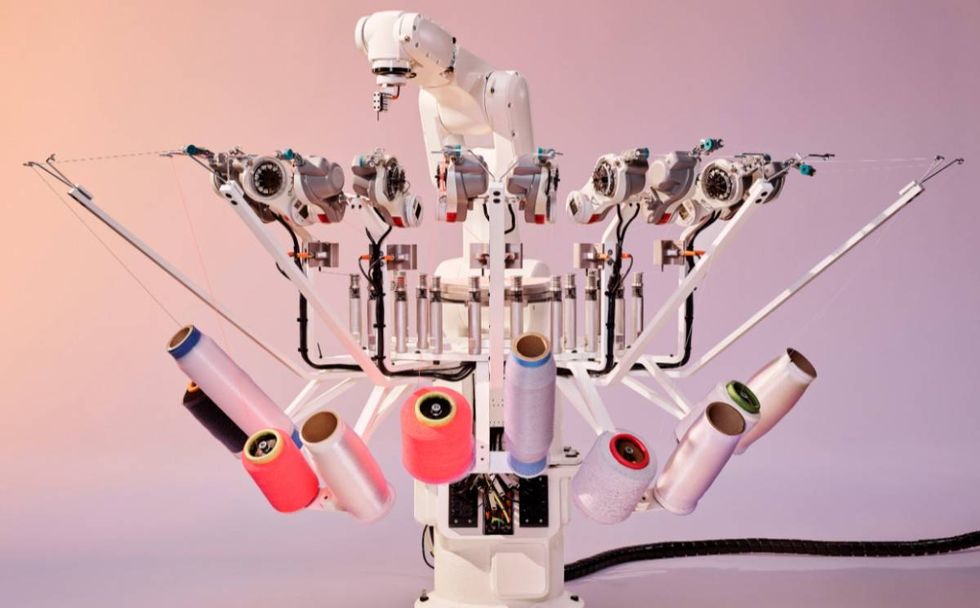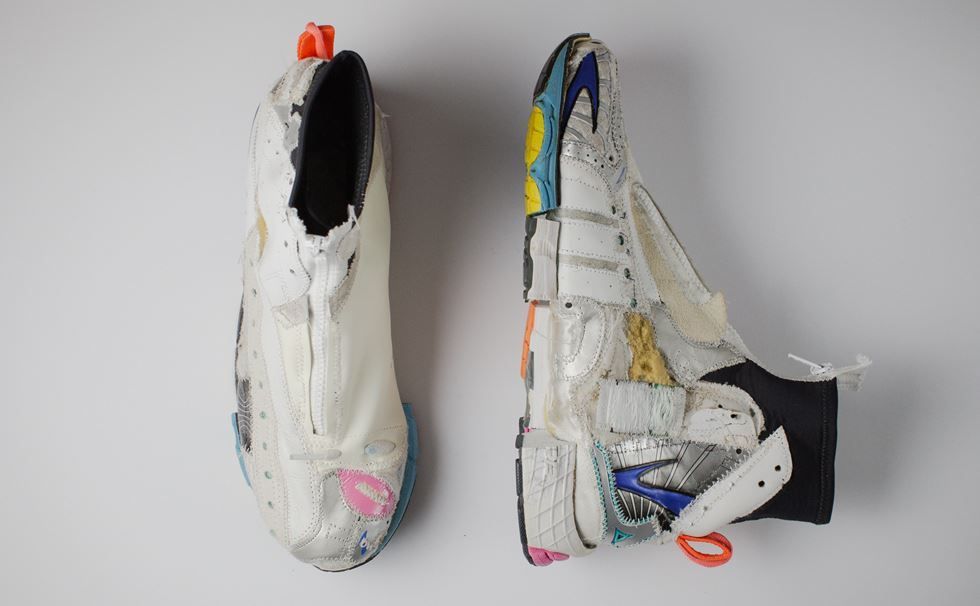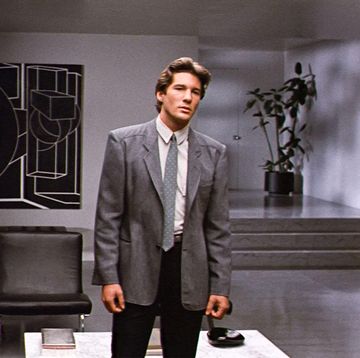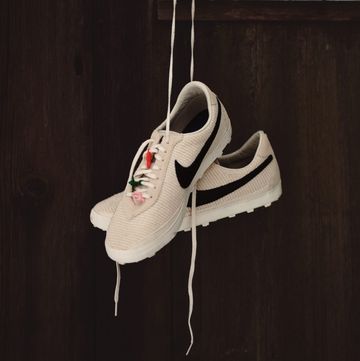The story of the trainer is the story of pop culture, sporting performance, hype, globalisation, industrial design, technical innovation, late capitalism and the internet. It is a story for our times. By 2025, the trainer industry is, according to market analysts Grand View Research, predicted to be worth £68bn. And it’s not just about churning out cheap, lightweight running shoes. The trainer has penetrated haute couture — Dior now collaborates with Nike! — and establishment art institutions like Sotheby’s clamour for rare models that can fetch hundreds of thousands on the auctioneer’s block. And now, a new exhibition aims to untangle the sporting, cultural and design relevance of trainers, to explain where the phenomenon came from and where it’s going.“If you think about putting on an exhibition with work that people perceive as ‘artwork’ and have collected for many years, it’s a slightly more straightforward process than looking at something that is both an everyday object — a mass-produced everyday object — and a really rare collector’s item,” says Ligaya Salazar, the curator behind Sneakers Unboxed: Studio to Street, which runs, coronavirus permitting, from April to October at London’s Design Museum in Kensington.
Having previously curated a sportswear exhibition for the Victoria and Albert Museum and published a book on the Japanese fashion luminary Yohji Yamamoto, Salazar is steeped in the cults of fashion and branding. She has spent the last 18 months chasing collectors and scouring brand archives for the pieces that explain the convoluted story of the trainer. There will be more than 200 trainers on show, as well as films, photography and various ephemera, ranging from the Converse “Big Nine” basketball shoe from 1919, to the world’s first “biologically active” trainers developed by Massachusetts Institute of Technology Design Lab for Puma. The show will examine Adidas and Puma’s role in the genesis of 1980s hip-hop and street culture, Nike’s controversial Alphafly Next% technology that allowed Kenyan runner Eliud Kipchoge to run a sub-two-hour marathon in a controlled setting, and Michael Jordan as the blueprint for modern endorsements. Also: how, with the trainer’s penetration of high fashion — see Balenciaga’s £750 Triple S clodhopper — the shoe has broken away from its performance-oriented past, morphing into an object of purely aesthetic design.
Arranged non-linearly, the exhibition is presented in two parts: “Style” and “Performance”, starting with the former. “The reason the sneaker is such a central part of daily life is because young people in diverse neighbourhoods were the first to adopt them outside the gym, court and running track,” Salazar says. “We go through a series of stories starting in New York and going all over the globe: Monterrey in Mexico, and Tokyo in the late 1990s. The show will explore the phenomenon of the queue, in which sneakerheads wait for hours and sometimes days for limited-edition shoes to launch. Also the so-called ‘sneaker riots’ that occasionally erupt when disgruntled shoppers are unable to buy a rare shoe; these were at their height in the 1980s and 1990s when Michael Jordan’s signature trainer would cause chaos in malls around America on release day. And collaborators like the New York designer Jeff Staples, who worked with Nike on very limited trainer drops, paving the way for collabs with rappers Kanye West and Travis Scott, and zeitgeisty designers including Virgil Abloh and [Chitose Abe of] Sacai.
“I think one thing that has changed massively from even the 2010s to today is that trainers are now something worthy of academic discussion,” she continues. It sounds unlikely, perhaps, but then Abloh has given an address on trainer design at Harvard University Graduate School of Design and curated exhibitions for the Museum of Contemporary Art Chicago. Trainers feature in the permanent collection of the V&A.
Moving away from the pop cultural and athletic relevance of the trainer, the latter half of the exhibition focuses on the sustainability conundrum that is troubling the big brands: heavy is the footprint left on the planet by the sports shoe industry. According to consumer data analysts Statista, more than 24bn pairs of shoes were made in 2019, more than at any time in human history, with an estimated 300m pairs being discarded each year. Labels like Veja are creating plant-based designs and Adidas has partnered with the environmental charity/think tank Parley to turn plastic retrieved from the sea into running shoes and clothing. The exhibition culminates with a fully functioning Adidas “Futurecraft.Strung”, a shoemaking robot that has pioneered new 3D-knitting technology, enabling the machine to produce complete shoe uppers from just one material. Not quite a panacea for saving the planet, but impressive nonetheless.
“Brands will have to do more to integrate circular design and sustainability into all parts of their manufacturing process,” says Salazar. “The industry is still growing, with limited releases left and right, and it’s the culture of scarcity that drives modern trainer desire. Reducing impact needs to become an essential design concern.”
Ethical and environmental questions have long dogged the sportswear industry, as they have so many others. Yet such is trainers’ hold on the psyche of shoppers, you can bet that even as the ice caps melt and the forests burn, and our fashion capitals sink into the sea, there’ll still be a queue outside Nike Town when a new Dunk drops.
Like this article? Sign up to our newsletter to get more articles like this delivered straight to your inbox
Need some positivity right now? Subscribe to Esquire now for a hit of style, fitness, culture and advice from the experts
















